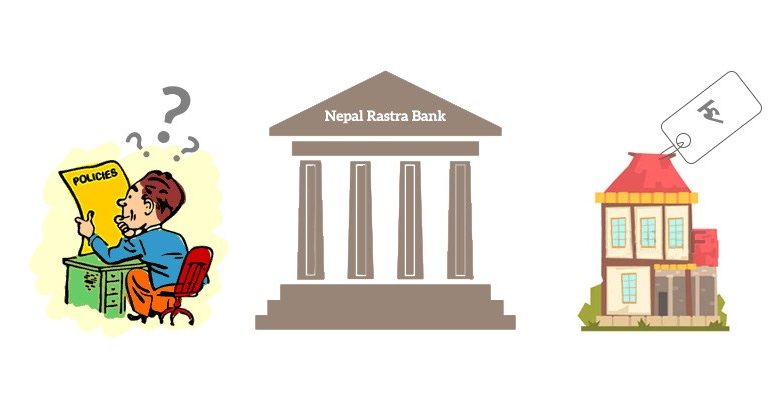Structural development policies have been changed and tweaked multiple times after the devastating earthquake. While there is remarkable growth in demand for standalone houses, homeowners are more cautious about construction planning and building guidelines.
Customers are more sensible about structures built in a safe neighbourhood. Buildings with moderate storey level and proper designs are now goto options for buyers. Despite increasing demands for such houses and buildings, developers are put on a hold due to pending reform bills and announcements from the government.
All new projects and housing plans await building code and Bylaws expected from Nepal Rastra Bank. Developers want to make sure their upcoming investments and projects follow the refined guidelines.
The prospects for individual houses are on the brighter side, so is the case for housing colonies.
Developers ought to see this and are willing to make some investments, but changing policies could be in vain making their hands tied.
Government’s announcement to build smart cities have provided developers to look for opportunities outside the valley. The price for coming projects could be affected by NBC policies, cost of material, manpower, minimum evaluation of land and home loans. Thus, developers have no choice but to wait for policy updates.
According to the predictions made by construction specialists and real estate professionals, the price of individual houses could go up by 30%. Standalone houses and colony houses are safer than those built in constricted areas which are also a reason for their increasing demand. Houses built on 4-6 annas of land with a 2 and a half storey structure might be a suitable choice for buyers, which is something to be considered by developers if they are to flourish their business in real estate sector.






